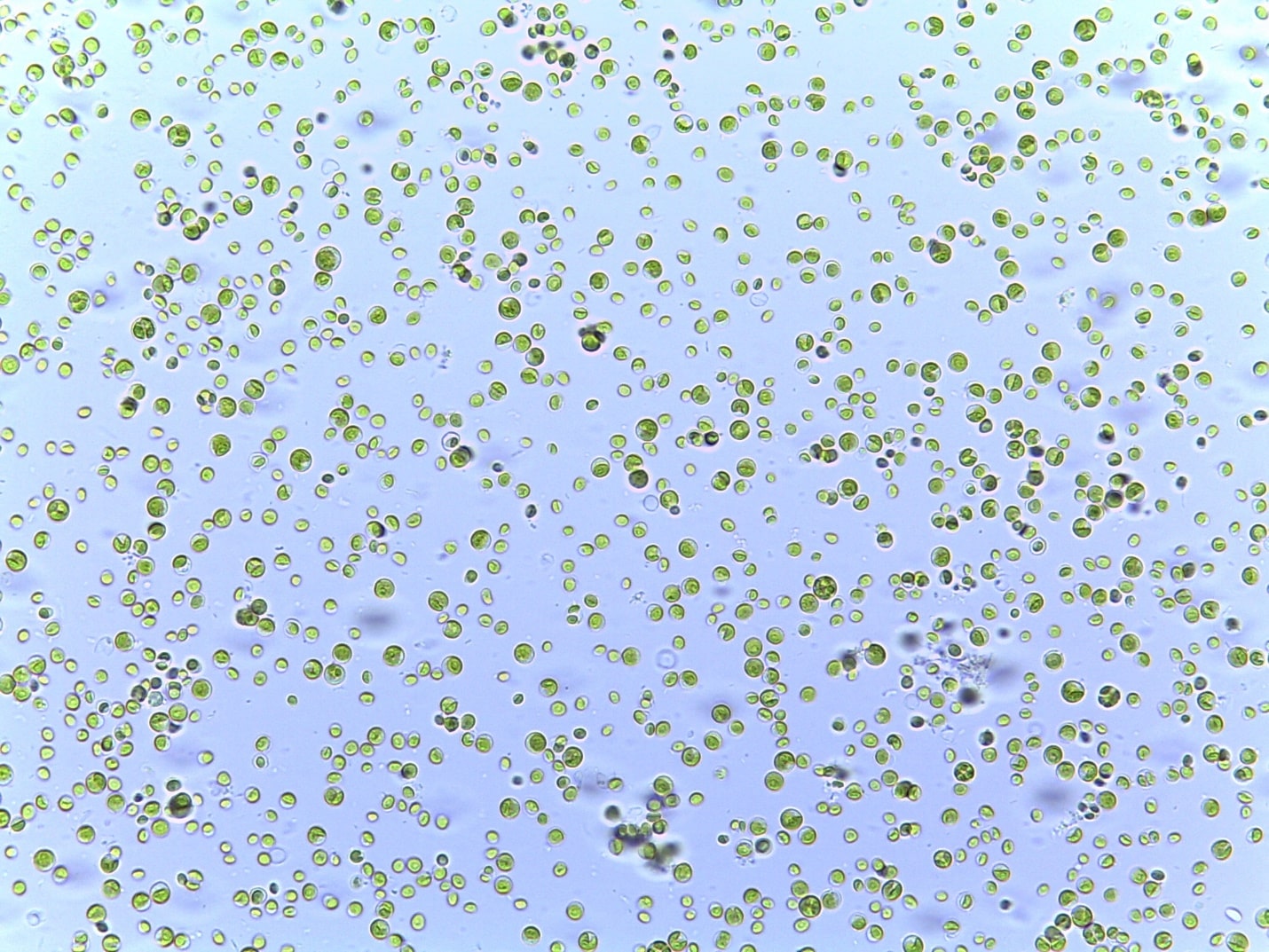
Making sure astronauts on space missions have sufficient supplies is a major challenge. Not only does food need to be sent up to locations like the International Space Station (ISS) in expensive resupply launches, but a further problem is making sure that astronauts have enough water and oxygen for their needs as well.
It’s also hard to ensure that the astronauts are getting sufficient nutrition from their diet. Ideally the astronauts would be able to grow their own food on the space station, but plants react strangely to microgravity so it’s hard to grow fruits and vegetables successfully.
The current life support systems used in space use chemical reactions to create water and oxygen and to recycle carbon dioxide. But a new system could use algae to produce oxygen, water, and even food.
The tiny plants are called microalgae and they remove concentrated carbon dioxide from the atmosphere and turn it into oxygen and plant matter through photosynthesis. A team from the Institute of Space Systems at the University of Stuttgart, Germany, has shown that a particular type of microalgae, Chlorella, is up to ten times more efficient at photosynthesis than other plants.
“Chlorella biomass is a common food supplement and can contribute to a balanced diet thanks to its high content of protein, unsaturated fatty acids, and various vitamins, including B12,” co-investigator and biotechnologist Harald Helisch at the Institute of Space Systems said in a statement.
Now the microalgae is being grown on board the ISS for 180 days to see if it is stable and able to produce oxygen and food long-term. After this time the sample will be returned to Earth so the scientists can investigate the effects of the microgravity and space radiation on the plants.
In the future, the scientists will look at whether the algae can be processed into edible food and whether it could also be used in the treatment of waste water aboard the station.
And if you’re worried for the tastebuds of the astronauts who may one day have to eat the algae, apparently you needn’t be. According to Helisch it’s quite palatable: “If you like sushi, you will love it,” he said.



